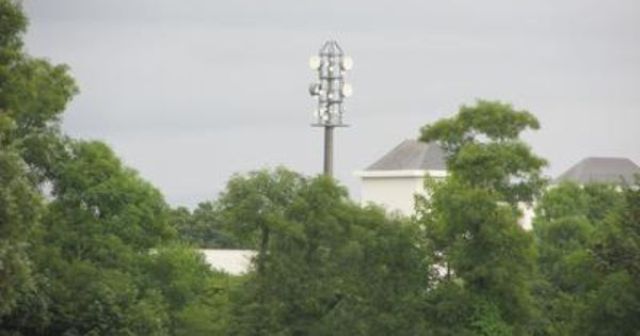 Ericsson said Crnogorski Telekom, a telecom service provider in Montenegro, will be able to achieve 40 percent cut in energy equipment cost.
Ericsson said Crnogorski Telekom, a telecom service provider in Montenegro, will be able to achieve 40 percent cut in energy equipment cost.
Crnogorski Telekom, as part of enhancing its cost optimization programs, has signed a 10-year energy infrastructure management deal with Ericsson. Ericsson said this is the company’s first energy infrastructure management deal after announcing its agreement with Panasonic of North America last year.
Ericsson’s Energy Infrastructure Management measures, monitors and maintains energy infrastructure for mobile operators and tower companies. It uses big data analytics, energy management software, and lithium-ion batteries for energy storage.
ALSO READ: Latest news from Mobile World Congress 2018
Peter Laurin, head of Managed Services at Ericsson, said Panasonic and Ericsson will reduce the cost of energy equipment ownership for targeted Crnogorski Telekom telecom sites by up to 40 percent. Energy accounts for 10-60 percent of a mobile operator’s operational expenditure (Opex).
Crnogorski Telekom, a part of Deutsche Telekom Group, currently uses a combination of diesel generators and lead-acid batteries for backing up power for its cell sites. Compared to lead-acid batteries, Panasonic’s lithium-ion batteries offer more energy density, are less vulnerable to damage from excessive discharging and extreme temperatures, and require less maintenance.
Ericsson will be responsible for the design, roll out and management of lithium-ion battery and power infrastructure solutions for the operator’s cell sites. Ericsson will provide these services via an Energy Network Operations Center.
Panasonic will handle the manufacturing, supply, asset ownership, dimensioning, 10-year performance service-level agreements (SLAs), and support for battery and power infrastructure.
Valentina Radulovic, technology director from Crnogorski Telekom, said: “This is another sustainable solution which we decided to implement in order to further reduce energy consumption and carbon emissions.”
Energy Infrastructure Management minimizes energy consumption and cost of ownership while maximizing system resilience and connectivity uptime, said Philip Herman, vice president Green Tower Solutions at Panasonic.
The operational benefits include the ability to remotely monitor site infrastructure, which can be useful in a country such as Montenegro that features some of the most rugged terrain in Europe.
Ericsson’s Energy Infrastructure Management also reduces energy losses associated with the operation of rectifiers and air conditioners at cell sites by optimizing capacity and run cycles, thereby further reducing costs. The service helps to lower operators’ energy costs by limiting use of power from the grid to off-peak times.





